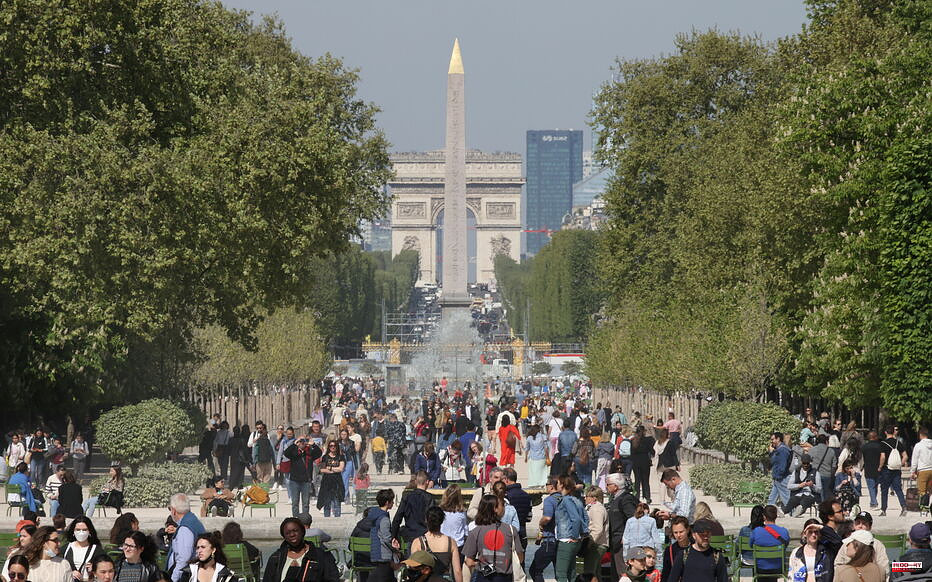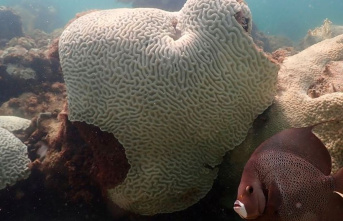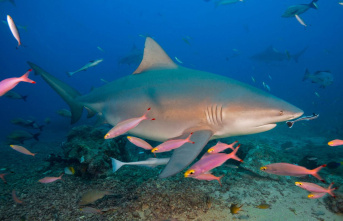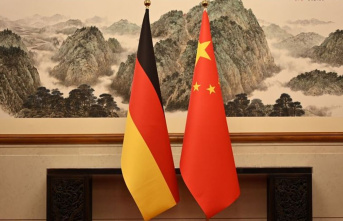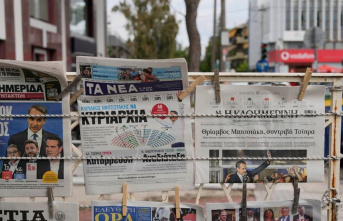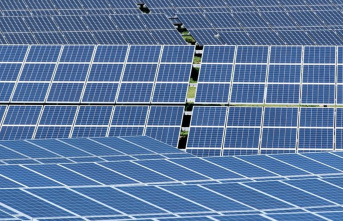Despite the war in Ukraine and travel restrictions still in place due to Covid-19, global tourism continues to recover. Europe and the Americas are the regions benefiting the most, but without returning to pre-pandemic levels. They still have half the way to go to regain their pre-pandemic tone.
Tourists are now regaining confidence. They go on vacation, more and more often abroad. At the airports, the queues are reconstituting. International tourist arrivals worldwide thus more than doubled (130%) in January 2022 compared to the same period in 2021, according to the latest available figures from the World Tourism Organization (UNWTO). With 18 million additional visitors worldwide, this is "the equivalent of the total increase recorded over the whole of 2021".
In 2019, world tourism receipts had reached 1,482 billion dollars (about 1,410 billion euros), before being divided almost by three the following year because of the pandemic. While January confirms the recovery trend set in motion in 2021, the UNWTO nevertheless points out that the Omicron variant has recently put a new brake on it and that international arrivals in January 2022 remain 67% lower than before the pandemic.
93% decrease in the Asia-Pacific region where several destinations are inaccessible
“I traveled at the beginning of the week and I can tell you that the airports, the international terminals in the United States are very congested and that there is a demand or an interest in traveling to Europe, because for several years we we couldn't do it. So we miss coming to Paris, going to Rome and Berlin,” explains Larry Cuculic, General Manager of Best Western. The Middle East is also experiencing a boom compared to 2021 (89%), according to the UNWTO, as is Africa (51%), but these two regions are still very far from the tourism scores of 2019. Unsurprisingly, the Asia-Pacific, with several destinations closed, is plummeting. In January, international tourist arrivals there were 93% lower than before the pandemic.
According to ForwardKeys, globally, the second quarter of 2022 looks “more promising for international travel worldwide than the first quarter”. For summer holidays, the sun and the sea in the Caribbean and Latin America are particularly popular. Costa Rica, Aruba in the Netherlands Antilles, the Dominican Republic and Jamaica are among the 20 most popular destinations and even exceed pre-pandemic levels. In Europe, France, Spain, Portugal, Greece and Iceland are taking off, without however filling up with tourists as before the pandemic.
Travel will become more and more expensive
France is doing well: tourists come back, and they spend. International tourism receipts in February in the country "came closer to those of 2019", at 2.7 billion euros, "up 1.5 billion compared to last year and -8% compared to compared to 2019,” said Jean-Baptiste Lemoyne, minister responsible for tourism. The tourism sector in France represented, in 2019 before the pandemic, 7.4% of GDP and 9.5% of jobs. According to Jean-Baptiste Lemoyne, France is "very well positioned", destination "number one for travel in Europe for Americans, Belgians, Italians, Spaniards".
The French are “a European exception”, assures the minister: “60% of them plan to stay in their country for the holidays. With a domestic base that will remain very strong and the return of an international clientele, this means that we are in a summer season that can be very, very dynamic”. As for the air sector, "this summer we will find 100% of the 2019 level on short and medium-haul flights. On the other hand, on long-haul flights, we will remain at 85-90% of the 2019 level".
For Didier Arino, director of the Protourisme consultancy, "it's not the market that will be problematic, it's the production cost of tourist stays, competitiveness, the balance between products and purchasing power: actors are all raising their prices, and for the time being it's okay because people want to have fun. But we are reaching the limit of what is acceptable for a good number of customers”.
9

